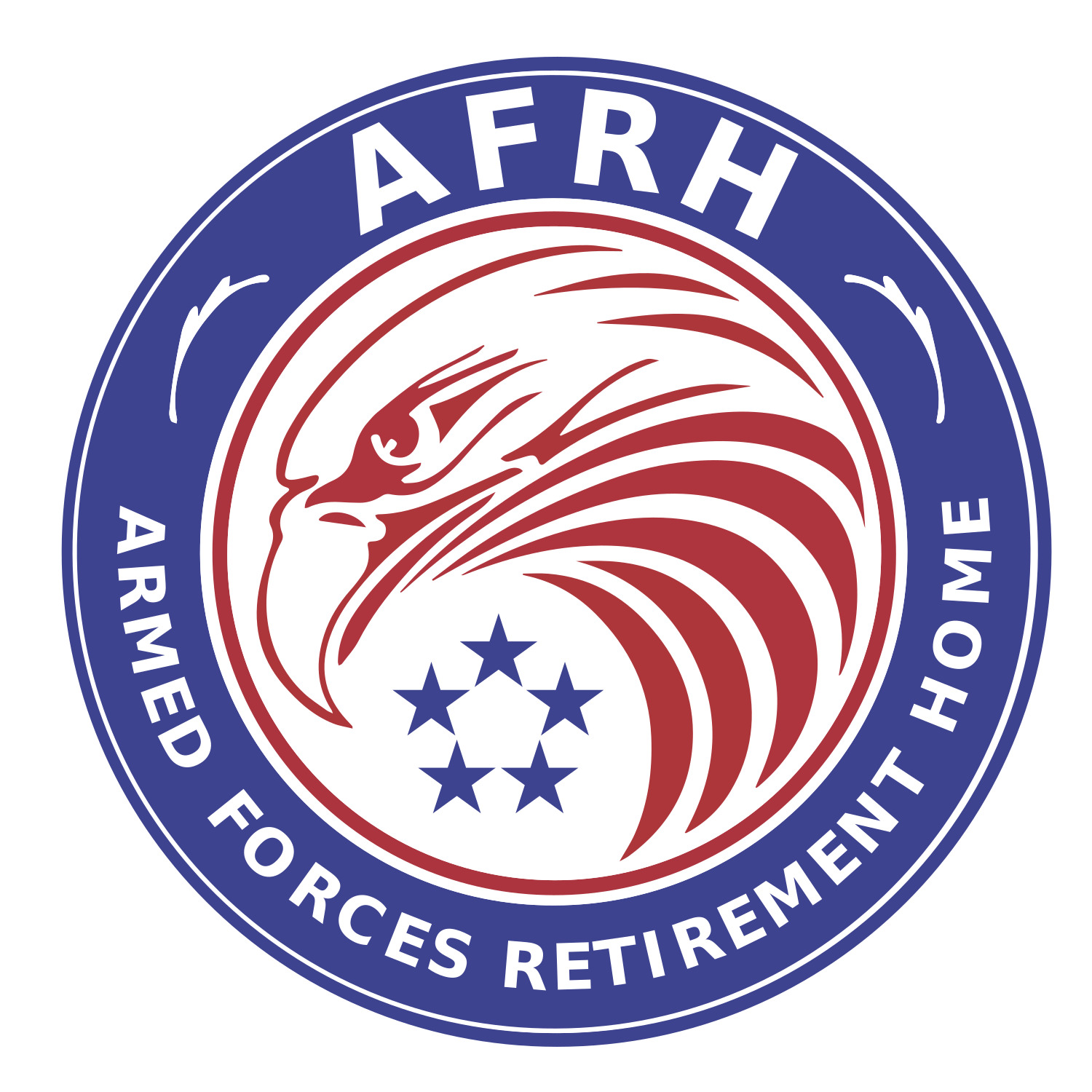AFRH-W Highlight – Sherman Flanders
By Christine Baldwin | Librarian
Sherman Flanders was born in the state of Washington and spent most of his childhood there. From age five to 13, he and his younger brother were raised in an orphanage. Eager to be on his own, and just a few months shy of 18, Sherman enlisted in the U.S. Army Air Corps in December 1945. He reported to the reception center at Camp Beal, California and was sent to Shepard AFB, Texas for Basic Training. He was then sent to Scott Field, Illinois for technical training for communications.
In June 1946, Sherman boarded USS Leavenworth in New York headed for Bremerhaven, Germany. The transit took 13 days because the ship exercised caution due to loose mines in the North Atlantic, left behind by combat forces. Upon arrival, he boarded a train to the Replacement Center at Furstenfeldbruck and then took another train to Paris, France for further assignment at Orly Field, France. The era of the early Cold War had begun. Sherman was promoted to corporal, while stationed at Rhein-Main Air Base in the 133rd AACS Squadron. The base operations became much busier after 25 June 1948, when the Berlin Airlift began with U.S. aircraft from around the globe converging on Rhine-Main. Sherman separated from the Army in November 1948 and used his GI benefits at the Montana School of Mines in Butte, Montana. There he enjoyed being near his relatives, who worked in the copper mines and smelters of Butte and Anaconda.
The Korean War began on 25 June 1950, when thousands of soldiers of the North Korean People’s Army poured across the 38th parallel. Sherman volunteered to go back in the Army for duty in Korea. He was sent to Fort Lewis, Washington for a two month refresher training and continued training at Fort Ord, California. He then boarded a ship for Korea via Okinawa. At Okinawa, he helped rebuild the 29th Infantry Regiment, which had been wiped out in the first weeks of the Korean War. Then it was on to Korea, where Sherman was assigned to the KMAG (Korean Military Advisory Group) and as staff sergeant. He served in an isolated area in the hills of Korea, at a replacement center run by the Korean Army.
In July 1953, Sherman boarded a transport ship headed back to Fort Lewis, Washington and the 129th Infantry Regiment, which was part of the 44th Infantry Division. They were being trained to upgrade from National Guard status and replacing one of the two National Guard units already in Korea. Sherman re-enlisted in 1954 and requested assignment to Austria. He was assigned to Company K of the 350th Infantry Regiment in Salzburg. It was here he met his future bride who later, with their new daughter, accompanied him to Italy. Sherman’s assignment to Europe was completed in June 1960 and he was assigned to Fort Ord, California, where he and his wife bought their first home and welcomed a baby boy. Here, he was assigned to the CDEC (Combat Development Experimental Command). During this time, the unit changed to the 41st Armored Rifle Battalion because of the new weaponry and unit size. So, Sherman ended up serving as a platoon sergeant of a tank battalion. He then went to Fort Bragg, North Carolina for Special Forces Training and by February 1962, he was back in Korea, with the 1st Cavalry Division and was promoted to E-7. After his year there, Sherman returned to Fort Ord and served as a senior drill sergeant at Basic Training. He requested a transfer to an Army Military Advisory Group; took three month training at Fort Bragg, followed by the Army Language School in Presidio, California and was sent to Vietnam. Here Sherman was assigned to the 25th Infantry Division and served on a three man team at Bao Trai in Hau Nghia Province. Sherman was promoted to E-8 and was selected to participate in the in-country training for an operations NCO. It was in Vietnam that Sherman earned his two Purple Hearts, 2 Bronze Stars, an Air Medal and the Combat Infantry Badge!
Sherman retired from the Army in 1968 and went to work for the U.S. Government in Southeast Asia. Later, he worked for the Virginia and California State governments in law enforcement, education and social services. He knew about the home from 1945, when he talked with World War I veterans. They told him they would be coming to “The Old Soldier’s Home”, when they finally retired. Sherman came to AFRH-W in June 2017. He is a proud member of many Veteran’s organizations.
- Log in to post comments
